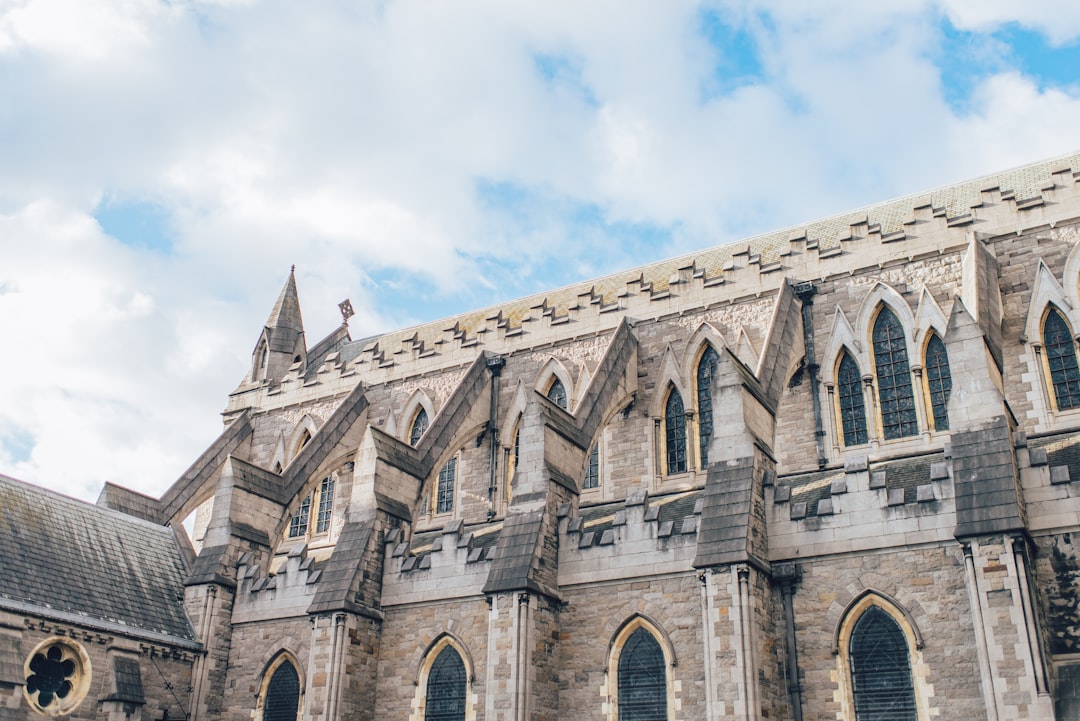What is it about?
In Beirut in the late 1800s, Muslim religious scholars were worried about the influence of Christian missionary schools. Some more liberal scholars thought Muslims and Christians should go to school together so that Muslims could achieve the technical and cultural competences they thought Christians had. Other more conservative scholars thought this could not work for religious reasons. Both positions show an anxiety about common education however, and this is because in premodern Islamic educational theory and practice, the school was seen as a place of ethical and religious exercise of intimate bonding. In other premodern spaces, like the marketplace, people from different religious groups could do business with each other without the anxieties of difference modern people have.
Featured Image

Photo by Faruk Kaymak on Unsplash
Why is it important?
At a time of rising nationalism and concerns about the prejudices and suspicions of majority-minority relations, it might be tempting to think that modern and progressive institutions can cure our biases. However, I argue that it is precisely these institutions engender these suspicions in the first place. If we look to premodern authorities, we can see older ideas of the moral intimacy assumed in education (which has never gone away), and other ways to recognize and respect difference.
Perspectives
My hope is this article speaks to people interested in social and intellectual history as academic subjects as well as those who want contrasting alternative premodern perspectives on seemingly-intractable modern problems.
Timothy Gutmann
University of Chicago
Read the Original
This page is a summary of: Distinguishing Companions: Mixed-Confession Education, Assimilation, and Islamic Thought, Sociology of Islam, December 2019, Brill,
DOI: 10.1163/22131418-00704003.
You can read the full text:
Contributors
The following have contributed to this page










